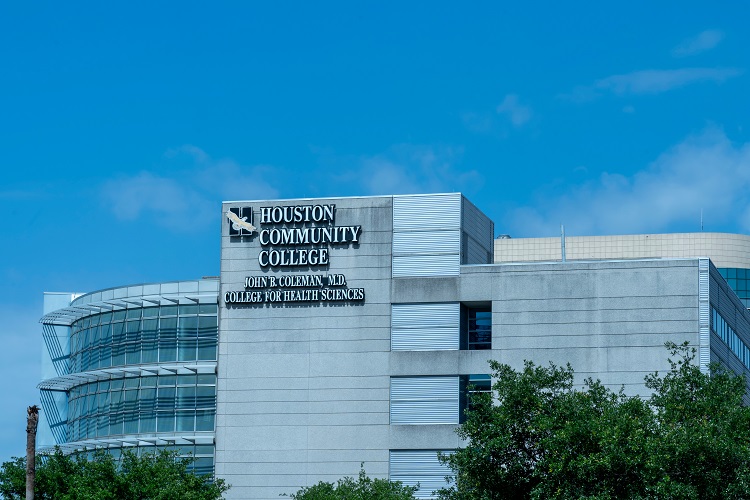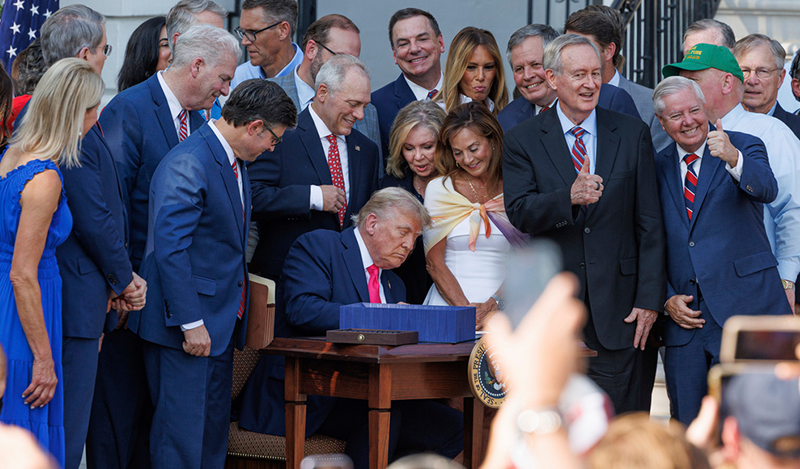Welcome to Our Research Archive
Search and filter by content type, issue area, author, and keyword
- ✕ Clear Filter
- Artificial Intelligence (6)
- Child Welfare (50)
- Child Welffare (2)
- Civil Society (38)
- divorce (1)
- Economic Opportunity (1)
- Economic Security (110)
- Economic Well-Being (4)
- Education (210)
- Family (117)
- Featured (6)
- Fmaily (1)
- Fraud (2)
- Housing (114)
- Housing Supply (1)
- Immigration (2)
- Labor Market (2)
- Marriage (5)
- New York (1)
- Safety Net (228)
- Social Capital (44)
- Social Captial (1)
- Society and Culture (1)
- Tax & Transfer Policies (1)
- tax credit (2)
- Technology and Innovation (1)
- Temporary Assistance for Needy Families (TANF) (1)
- Welfare (3)
- Workforce (120)
- Workforce Development (4)
- Workfrce (1)
- Workfroce (1)
- Workorce (1)
- ✕ Clear Filter
- Beth Akers (37)
- Brent Orrell (6)
- Frederick M. Hess (40)
- Howard Husock (3)
- Ian Rowe (10)
- James Pethokoukis (1)
- John Bailey (2)
- Mark Schneider (9)
- Matt Weidinger (1)
- Max Eden (3)
- Michael Barone (1)
- Michael Brickman (2)
- Naomi Schaefer Riley (13)
- Nat Malkus (21)
- Nicholas Eberstadt (1)
- Preston Cooper (41)
- Ramesh Ponnuru (2)
- Robert Cherry (1)
- Robert Pondiscio (18)
- Sally Satel (1)
- Samuel J. Abrams (1)
- Scott Winship (1)
- Timothy P. Carney (1)
- W. Bradford Wilcox (2)
- Yuval Levin (2)

August 11, 2025
Beware Graduate Programs Masquerading as “Professional” to Increase Student Debt
The One Big Beautiful Bill Act (OBBB) included long-overdue limits on federal loans to graduate students. While graduate loans have been effectively unlimited, going forward, most students will be capped at borrowing up to $20,500 per year, or $100,000 in aggregate. This policy change should hold down student debt burdens—and make it harder for graduate…

July 23, 2025
Over 1,000 Colleges Could Lose Access to Federal Student Aid
Students are not the only ones who enjoyed a reprieve during the nearly five-year pause on federal student loan payments. Colleges also got a break from a rule that bars them from the federal student aid system if their former students’ loan default rates are too high. Now that student loan payments have resumed, however,…

July 16, 2025
An Analysis of the One Big Beautiful Bill Act’s Effect on Student Loans
Key Points Introduction At the beginning of July, President Donald Trump signed into law the One Big Beautiful Bill Act (OBBB), a comprehensive package of reforms to taxes and government spending.1 While the package touches on myriad policy areas, it includes a comprehensive set of reforms to the federal student loan program. These represent some of…

July 2, 2025
Holding Colleges Accountable: From Graduation to Gainful Employment
Event Summary On July 2, USA Today education reporter Zachary Schermele moderated a web event with AEI Senior Fellow Beth Akers and Jonathan Fansmith, senior vice president of government relations and national engagement at the American Council on Education. This week, the Senate passed the One Big Beautiful Bill Act, which contained several provisions regarding…

July 2, 2025
Congress Could Rein In Graduate Student Loans
Congress is on the verge of eliminating Grad PLUS—the program which extends effectively unlimited taxpayer-funded loans to graduate students—and imposing caps on graduate loans for the first time since 2006. On Tuesday, the Senate passed a budget reconciliation bill ending the program, which has fueled tuition hikes, exploded student debt, and padded the budgets of wealthy universities….
June 20, 2025
What Kids Need—and Adults Need to Know—to Combat the Youth Mental Health Crisis
Starting this fall students in New York will join those in other states like California in not being able to access cellphones during the day. These bans are the culmination of years of education and activism by parents, teachers and researchers concerned about the effect of technology not only on academic performance but also on…

June 20, 2025
Senate Embraces “Do No Harm” for Higher Education
The Hippocratic Oath is coming for higher education. Last week, Senate Republicans released a package of higher education reforms that includes a “do no harm” standard for colleges: Degree programs would be ineligible for federal student loans if their former students’ earnings are too low. If enacted, the proposal would improve on the status quo, as the…

June 16, 2025
Accountable for Outcomes: We Need Evidence-Based Funding Models
Key Points Introduction Amid escalating college costs, mounting student debt, and rising college graduate underemployment, students of all backgrounds increasingly question college as a path to economic mobility. This shift has sparked interest in alternatives to college—from high school career and technical education (CTE) programs to short-term adult training courses proposed for Pell Grant funding…

June 12, 2025
The Senate’s Higher Education Reforms Are Strong (But Could Be Stronger)
Senate Republicans recently unveiled their suite of higher education reform proposals, part of a broader tax-and-spending bill making its way through Congress. The package is strong: it would impose commonsense limits on federal student loans and create a saner loan repayment system. However, it forgoes obvious changes that would save taxpayers more money and would better hold…

June 12, 2025
Lingering Absence in Public Schools: Tracking Post-Pandemic Chronic Absenteeism into 2024
Key Points Introduction It has been over five years since the US shut down for COVID, and in many ways, the country has moved past the pandemic. For US schools, however, the pandemic’s toll has not passed so quickly. Student academic achievement remains depressed, and chronic absenteeism continues to hover substantially above the pre-pandemic baseline….